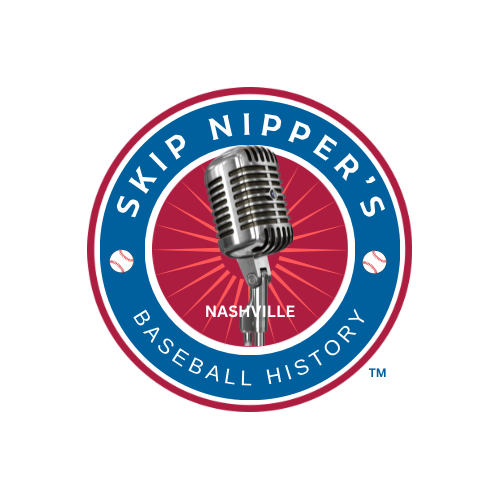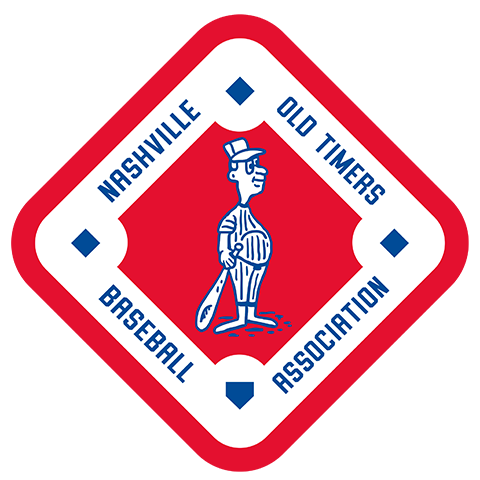
Everyone loved to cheer for their favorite team at Sulphur Dell, and Black fans had the Nashville Elite Giants to cheer for in the mid-1930’s. The team played at Sulphur Dell in 1932 and 1933 until owner Tom Wilson built his own park in another part of town. When moved his club out of Nashville, another Black team came into existence, the Nashville Cubs, which played in the Negro Southern League.
Satchel Page once brought his barnstorming team to Sulphur Dell, and the fans poured into the park to see the future Hall-of-Famer. When Negro League teams came to town, supporters could sit in the stands, although there was always a section behind home plate that was reserved for whites. The same was not true when white teams were playing; Blacks were relegated to the Negro bleachers.
Those bleachers were located on the foul territory hill down the left field line, with a view of home plate that was partially blocked by the grandstand. The distance to the restrooms and concessions was as about as far away as one could get, and if a batter hit a home run over the center field or left field fence, fans had to crane their necks to see it go over the fence since the action was not in front of you.
And there certainly was no cover from the sun.
Then Jackie Robinson broke the major league’s color barrier. On April 15, 1947, Robinson took his place in immortality by starting for the Brooklyn Dodgers, and things began to change.
Something changed in Nashville, too. Although it was not an event that changed baseball, I believe it did change the hearts and minds of baseball fans in the mid-state area.
On April 8, 1956 the Brooklyn Dodgers came to town to play the Milwaukee Braves in an exhibition game. One of the Brooklyn players was Nashville’s own Jim (Junior) Gilliam, tutored at Sulphur Dell by Willie White. White was the long-time equipment manager for the Nashville Vols, and controlled who had use of the ballpark when the Vols were not using it. White helped to develop Gilliam at a young age, and no doubt had a profound impact on the young player.

Along with white fans, the Black community came out in droves to support their hero that day. They filled the bleachers reserved for them, and the Nashville team owners allowed them to sit on the outfield hills, creating their own ‘bleachers in the sun’. Although there is no way to know the percentage of whites or blacks in attendance, the total crowd was announced as 11,933, one of the largest crowds to view a game at Sulphur Dell.
The Dodgers rolled to a 12-2 victory, and Gilliam pleased the crowd by hitting three singles and a double, walking once, and scoring twice. He was finally retired in the eighth inning on a fly ball to the left fielder. Gilliam had to have been pleased with his performance in his home town.
Willie White must have been pleased, too.
In the mid-1950’s crowds had begun to dwindle as their attention turned to television and air conditioning. Perhaps the demise of the Southern Association in 1961 could be attributed to feelings about black ballplayers still not being able to play even though integration of baseball leagues across the country was ongoing. Major league clubs were no longer going to support segregated leagues.
Southern attitudes had been slow to change. But the legacy of Sulphur Dell is not its odd shape, its high outfield hills, or its fine stadium seating. Its legacy is through the dark shadows of segregation, baseball provided a way for people to enjoy the game that so many loved, where everyone could cheer for a hero no matter his skin color.
And when the park was gone, everyone was in the sun.
© 2019 by Skip Nipper. All Rights Reserved.
Note: This is part two of two parts; part one was published previously.
Author’s note: This article was presented at the 2006 Baseball in Literature and Culture Conference at Middle Tennessee State University, Murfreesboro, Tennessee.



